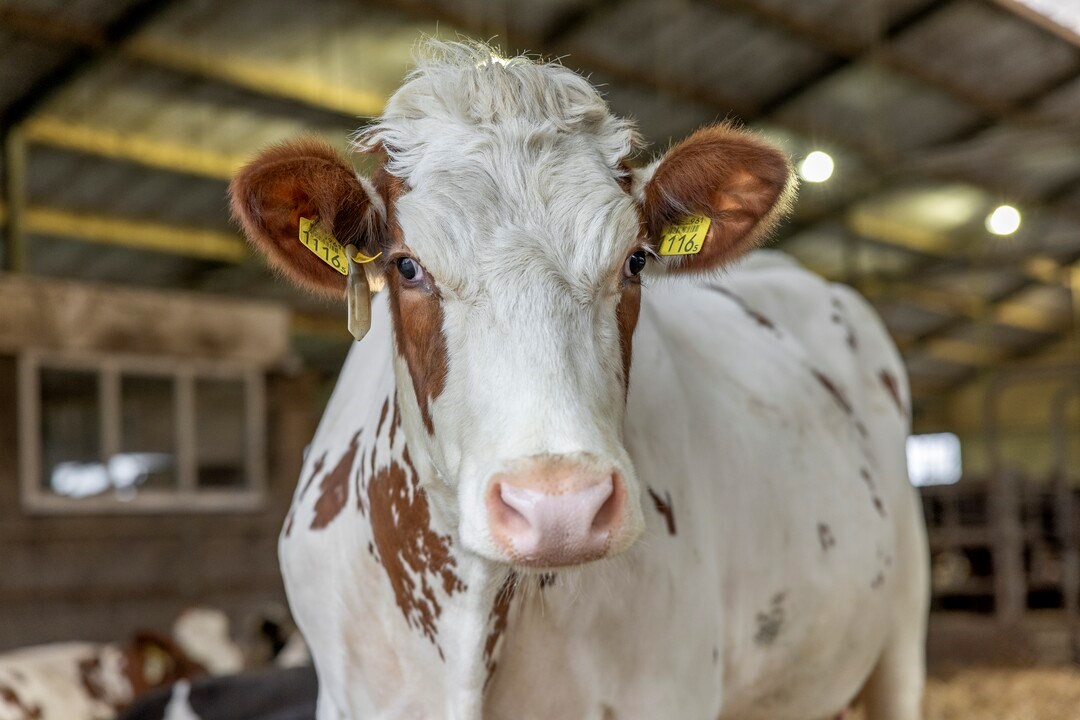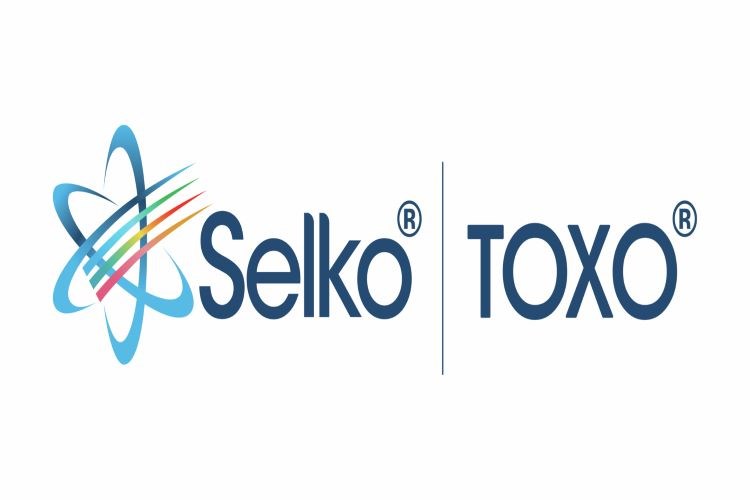
Reducing the exposure of ruminants to mycotoxins in feed is key. Identifying contamination can help to reduce exposure. Moulds can already grow and produce toxins when the crops are still on the field. High humidity, temperature and un-seasonal rains during crop growth and harvesting can increase mould prevalence and mycotoxin risk in dairy feed ingredients. Contamination and growth can however also occur during storage. A robust mycotoxin risk management programme for dairy cattle should include several elements.
Reduce the growth of moulds while crops are on the field
When crops are being produced, use high-quality seeds only, ensure crop rotation and manage crop residues on the field. Reduce the future impact of mycotoxins at harvesting Apply correct harvesting procedures and if necessary, remove high moisture parts of plants. Add mould inhibitors and silage inoculants while making the silage.
Reduce growth of moulds during storage
Most mycotoxins of dairy cattle are chemically stable during storage. Therefore, reduce the growth of moulds as much as possible. Ensure silos are properly cleaned before crops or silages are stored. Optimise storage conditions, to reduce the level of moisture and ensure humidity control. In case of grass or corn silage, ensure the silage is properly closed. Identify which ingredients of the ration carry a risk and avoid feeding these ingredients if possible
No ruminant feed is entirely free from mycotoxin contamination and multi-contamination is very common. Test ingredients and avoid those that have mycotoxin levels above tolerance level. An alternative is to test the TMR and work backwards to identify high-risk ingredients.
Spray liquid mould inhibitors to the face of the silage after cutting
Moulds need oxygen, so they will start growing once a silage is opened. Therefore, inhibit the growth of moulds at the cutting edge of the silage once it has been opened by spraying a mould inhibitor on the surface of the cutting edge.
Add mycotoxin mitigation products for dairy cattle into TMR directly or through the concentrate portion
A high-quality mycotoxin mitigation product should do several things:
- It should bind mycotoxins and LPS. A good mycotoxin mitigation product for dairy cows should have a binding capacity for mycotoxins of at least 90%. At the same time, it should not bind amino acids and only have a limited impact on vitamin and mineral levels of feed. LPS increases gut permeability and reduces the elimination rate of mycotoxins, thus increasing the exposure of the animal to mycotoxins.
- It should reduce the risk of a “leaky gut” in dairy cows. Mycotoxins can damage the tight junctions between gut cells, thus increasing the risk that toxins and pathogens leak into the circulation (“leaky gut”). A good mycotoxin mitigation product should therefore reduce the amount of damage to the tight junctions.
- It should mitigate the negative effects of mycotoxins on the immune system. A good mycotoxin mitigation product should mitigate immunosuppression by increasing macrophage activity.
- It should provide anti-oxidative support. Mycotoxins can be detoxified by the liver. During detoxification, cell homeostasis is damaged, inducing the overproduction of free radicals, leading to oxidative stress in dairy cows. A good mycotoxin mitigation product should therefore reduce oxidative stress.

